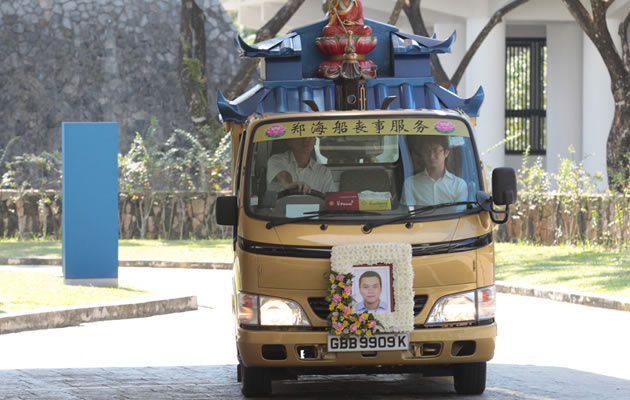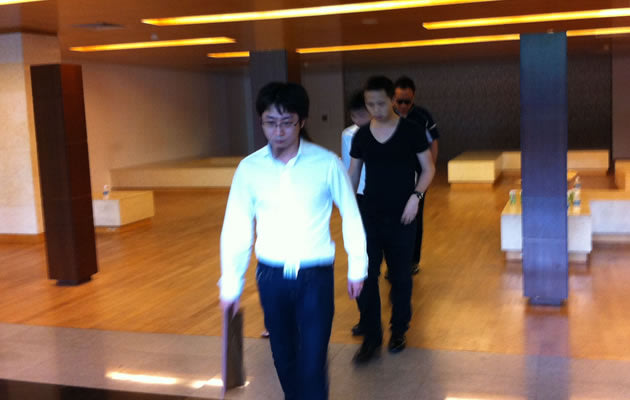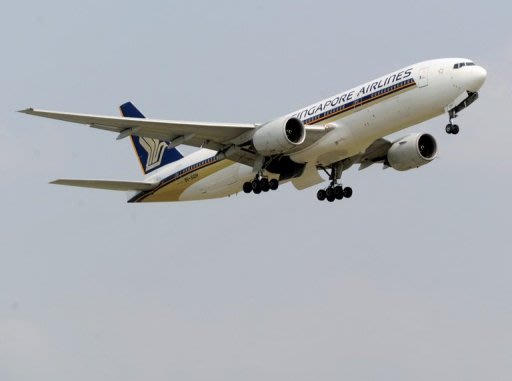Singapore Airlines said it had asked its pilots to volunteer for unpaid leave for up to two years as it struggles with a slowdown in the aviation sector.
SIA's offer to pilots below the rank of captain comes after it last month said profits had fallen by more than half in the final quarter of 2011 due to rising fuel costs, and weakening passenger and cargo demand from Europe.
The call, which will allow the pilots to join SIA's rivals, was made to "help address a temporary surplus of senior first officers, first officers, second officers and cadet pilots," spokesman Nicholas Ionides told AFP on Friday.
He stated that SIA was "not able to provide specific targets for how many pilots may take up the offer" as it was a voluntary scheme.
Despite the move, Ionides said SIA has no plans to reduce flights and downsize its operating fleet in the near term.
The announcement comes as the global industry is hit by soaring fuel prices and low demand.
The International Air Transport Association in November cut its forecast for the sector's profits this year by a quarter to $3.5 billion, but warned of losses of more than $8 billion if the global economy suffers another downturn.
SIA announced net profit plunged 53 percent year on year to Sg$135.2 million in the October-December quarter, while it said last week it would raise fuel surcharges by up to $28.
About half of SIA's 2,335 pilots were not of captain rank as of 31 March last year, SIA's 2010/2011 annual report stated.
"To the question of why we are offering the scheme, the global financial crisis in 2009-10 was a factor and resulted in some excess capacity at the time. Growth was also slower than anticipated after that," Ionides added.
"We view the resultant surplus pilot situation as temporary, and are therefore managing this by introducing the voluntary scheme."
SIA did not halt pilot recruitment and training during the financial crisis as it takes three years to train a first officer, resulting in the current pilot surplus as the aviation sector struggled to take off, Ionides said.
Pilots who take up the offer will be allowed to work for other airlines, including SIA's long-haul budget carrier arm Scoot, which will begin flying by the middle of this year. SIA also owns almost 33 percent of budget carrier Tiger Airways.
"Should there be positions available at Scoot, pilots on voluntary no-pay leave may apply for them," he said.
However, if the pilots were to join a rival carrier they could find themselves starting at the bottom of the ladder while the fact they would only be available for two years at most might work against them.
Captain P. James, president of the Airline Pilots Association Singapore, questioned why pilots were being asked to go on leave when there's a need for them in other airlines with the SIA Group.
"We can understand that there's a downturn but what we cannot understand and cannot accept is why pilots are being asked to go on leave where there's a need for them in other airlines within the group," James told the Straits Times.
SIA shares were slightly down in early trade, shedding 0.37 percent to Sg$10.85 as of 0215 GMT.
-- Dow Jones Newswires contributed to this story --
SOURCE





















